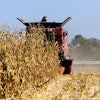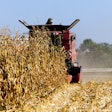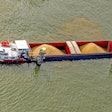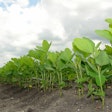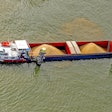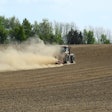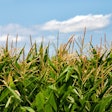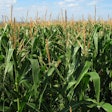
The U.S. Department of Agriculture's Foreign Agricultural Service has released its February 2025 World Agricultural Production report, revealing significant updates to soybean production forecasts for key South American producers.
Brazil, the world's largest soybean exporter, is expected to maintain its record production estimate of 169.0 million metric tons for the 2024/25 marketing year. This figure represents a 10 percent increase from the previous year and stands 18 percent above the five-year average. The USDA projects a record harvested area of 47.4 million hectares, up 3 percent from last year, with an estimated yield of 3.57 tons per hectare, 7 percent higher than last year.
USDA staff conducted field visits in Brazil during late January, meeting with industry representatives and farmers in Mato Grosso and Mato Grosso do Sul. The outlook for soybean yields in the Center-West region, which accounts for approximately 44 percent of Brazil's soybean crop, remains positive due to favorable weather conditions throughout the growing season. However, heat and dryness in southern regions, including Rio Grande do Sul and parts of Paraná, have tempered expectations for top-end yields.
In contrast, Argentina's soybean production forecast for 2024/25 has been revised downward to 49.0 million metric tons, a 6 percent decrease from last month's estimate. This adjustment is primarily due to hot and dry conditions in January, which affected crops during the critical flowering stage. The yield forecast has been reduced to 2.83 tons per hectare, down 6 percent from last month and 4 percent from last year.
Paraguay has also seen a reduction in its soybean production estimate, now projected at 10.7 million metric tons for 2024/25, down 4 percent from last month and 3 percent from last year. The country experienced hotter and drier than normal conditions in January, impacting crop health and yields, particularly along the border with Brazil where most soybeans are grown.
These updates highlight the ongoing challenges faced by South American soybean producers due to variable weather patterns. While Brazil's production remains robust, the situation in Argentina and Paraguay underscores the vulnerability of crop yields to adverse weather conditions during critical growth stages.

